Introduction
The security landscape changes rapidly, making robust commercial security systems more crucial than ever. Security cameras form the backbone of these systems, deterring threats and capturing essential evidence. Whether you’re upgrading your current system or new to security cameras, understanding your options is key. This introductory guide explores different camera types, their key features, and how to choose the best fit for your business.
1. Dome Cameras: Discreet and Versatile
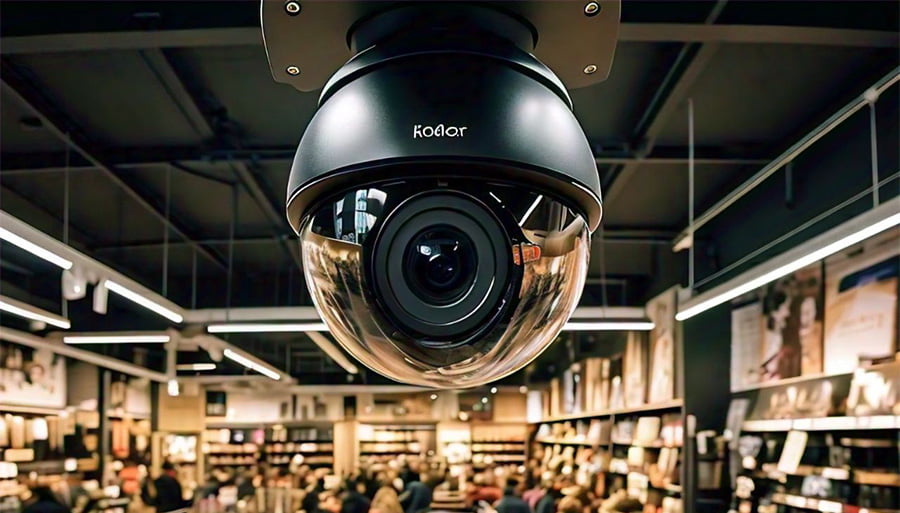
Dome cameras are a popular choice for indoor surveillance due to their low-profile design. The dome-shaped housing helps the cameras blend into their surroundings, while making it harder for potential wrongdoers to determine which direction the camera is facing. This element of uncertainty is a powerful deterrent to potential intruders.
Key Features of Dome Cameras
- Vandal-Resistance: Dome cameras often feature a robust, tamper-resistant design, making them ideal for high-traffic areas where vandalism is a concern.
- Wide-Angle Coverage: These cameras typically come with wide-angle lenses, allowing them to monitor large areas effectively. Some models also offer 360-degree coverage, which is particularly useful in retail environments and office spaces.
Application of Dome Cameras
- Retail Stores: Dome cameras are ideal for retail environments to monitor customer behavior, prevent shoplifting, and ensure employee safety.
- Offices and Restaurants: Their discreet design makes them a favorite for indoor areas where aesthetics are important, such as office buildings and restaurants.
2. Bullet Cameras: Long-Range Outdoor Surveillance
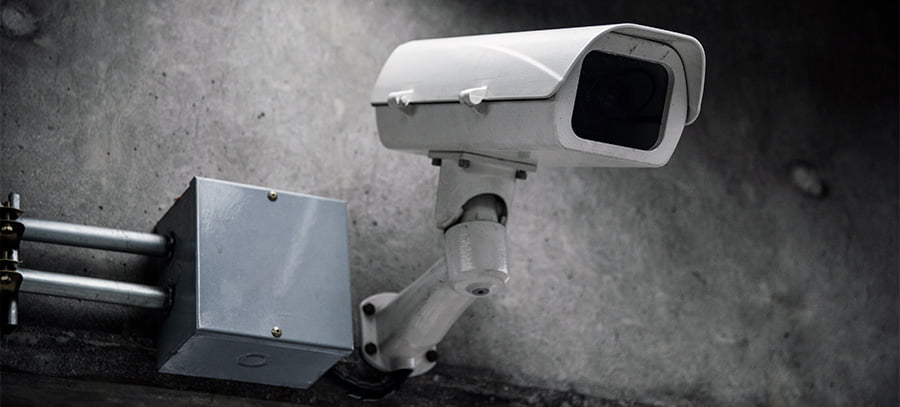
Bullet cameras are easily recognizable due to their long, cylindrical shape. These cameras come in weatherproof casing that protects them from the elements. This feature makes them perfect for outdoor use. Their long-range vision capabilities make them ideal for monitoring expansive areas.
Key Features of Bullet Cameras
- Weatherproofing: Built to withstand harsh weather conditions, bullet cameras are an excellent choice for outdoor surveillance. They are often rated IP66 or higher. That means that they can resist dust and powerful water jets.
- Long-Range Vision: With powerful lenses, bullet cameras can capture clear images from significant distances. This makes them perfect for monitoring large outdoor areas like parking lots, building perimeters, and alleyways.
Uses of Bullet Cameras
- Parking Lots: People often install bullet cameras in parking lots to monitor vehicle movement, deter vandalism, and protect customers and employees.
- Perimeter Surveillance: Their long-range capabilities make bullet cameras ideal for securing the perimeters of industrial facilities, warehouses, and large commercial properties.
3. PTZ (Pan-Tilt-Zoom) Cameras: Flexible and Comprehensive Coverage
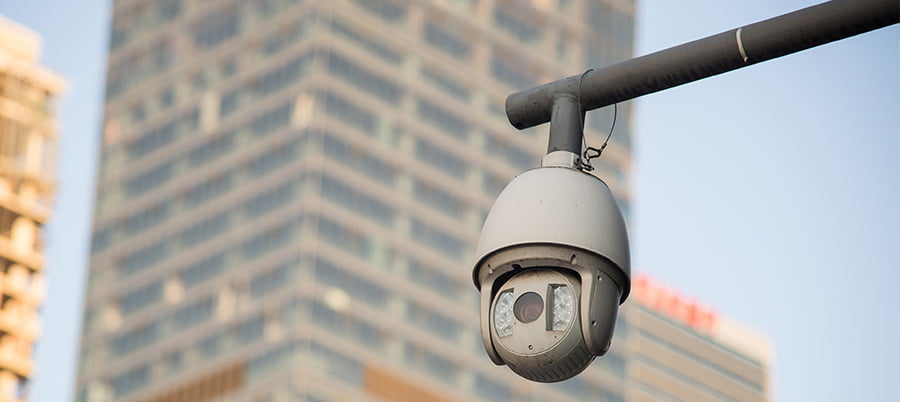
PTZ cameras offer the unique ability to pan, tilt, and zoom, providing flexible and dynamic surveillance. Operators can remotely control these cameras to cover wide areas, making them essential for comprehensive surveillance.
Key Features of PTZ Cameras
- 360° Coverage: PTZ cameras can rotate a full 360 degrees, allowing them to monitor large areas from a single location. This reduces the need for multiple cameras, saving on costs and simplifying the surveillance setup.
- Optical Zoom: PTZ cameras feature powerful optical zoom lenses, allowing users to focus on specific details without sacrificing image quality.
- This feature is particularly useful for identifying faces or license plates.
Uses of PTZ Cameras
- Warehouses: PTZ cameras are ideal for large, open spaces like warehouses where their ability to monitor wide areas and zoom in on specific activities is invaluable.
- Stadiums and Shopping Malls: Large venues like stadiums and shopping malls, often use these cameras, where their flexibility enables effective crowd monitoring and incident response.
4. C-Mount Cameras: Customizable and Adaptable
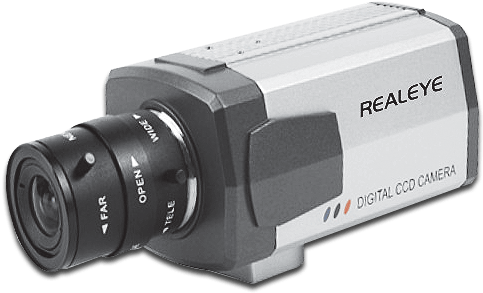
C-Mount cameras are versatile because of their interchangeable lenses. This feature allows users to customize the camera’s focus and range based on their specific surveillance needs. C-Mount cameras are often used in situations that require long-range monitoring or where a specific focal point is critical.
Key Features of C-Mount Cameras
- Interchangeable Lenses: The ability to swap out lenses makes C-Mount cameras highly adaptable to different environments. You can customize C-Mount cameras with different lenses to focus on distant objects or capture wide-angle views.
- High Resolution: These cameras often offer high-resolution imaging, making them ideal for capturing fine details, such as identifying license plates or faces in crowded areas.
Uses of C-Mount Cameras
- Entrances and Exits: C-Mount cameras are frequently used to monitor entry and exit points in buildings, ensuring that every person entering or leaving is recorded in high detail.
- Industrial Settings: Their ability to be customized makes them a popular choice in industrial settings, where specific areas or machinery need close monitoring.
5. Day/Night Cameras: Reliable in Any Lighting
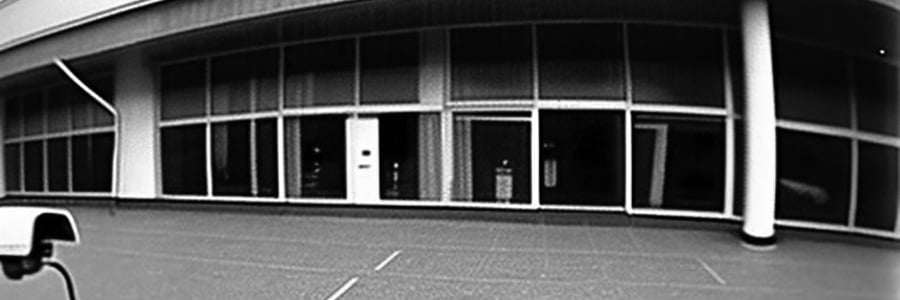
Day/Night cameras capture clear footage regardless of lighting conditions. Advanced technology allows them to operate effectively in both bright sunlight and complete darkness.
Key Features of Day/Night Cameras
- Infrared Capability: Day/Night cameras often feature infrared (IR) LEDs that enable them to capture clear images in low-light or no-light conditions. This makes them perfect for 24/7 surveillance.
- Automatic Light Adjustment: These cameras can automatically adjust to changes in lighting, ensuring that the footage remains clear and usable even as light levels fluctuate.
Uses of Day/Night Cameras
- Parking Lots and Building Exteriors: Day/Night cameras are ideal for outdoor areas where lighting conditions change throughout the day. They ensure that surveillance is effective whether it’s bright and sunny or dark and overcast.
- Indoor Spaces with Variable Lighting: These cameras are also useful indoors in areas with inconsistent lighting, such as warehouses with skylights or facilities that operate 24/7.
6. IP Cameras: The Future of Surveillance
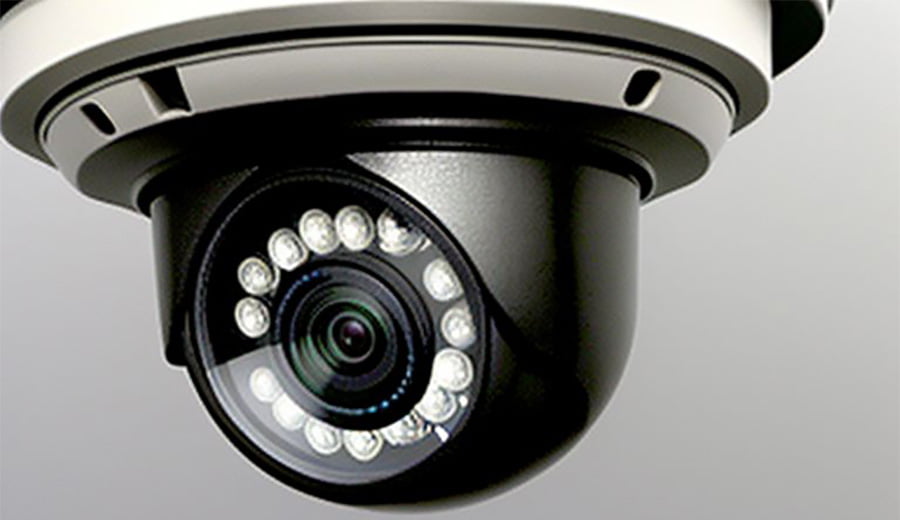
Internet Protocol (IP) cameras represent the cutting edge of video surveillance technology. Unlike traditional analog cameras, IP cameras transmit video over a network, allowing for greater flexibility and scalability.
Key Features of IP Cameras
- Remote Access: One of the most significant advantages of IP cameras is the ability to access live footage remotely from any device with an internet connection. This feature is particularly valuable for business owners who need to monitor their property while away.
- High Resolution: IP cameras deliver superior image quality compared to analog cameras, providing clear, detailed footage essential for effective surveillance
Uses of IP Cameras
- Retail and Hospitality: IP cameras are widely used in retail and hospitality settings, where remote access and high-resolution footage are crucial for preventing theft and ensuring customer safety.
- Office Buildings: Their scalability and integration capabilities make IP cameras ideal for large office complexes, where multiple cameras need to be managed centrally.
7. Wireless Cameras: Hassle-Free Installation
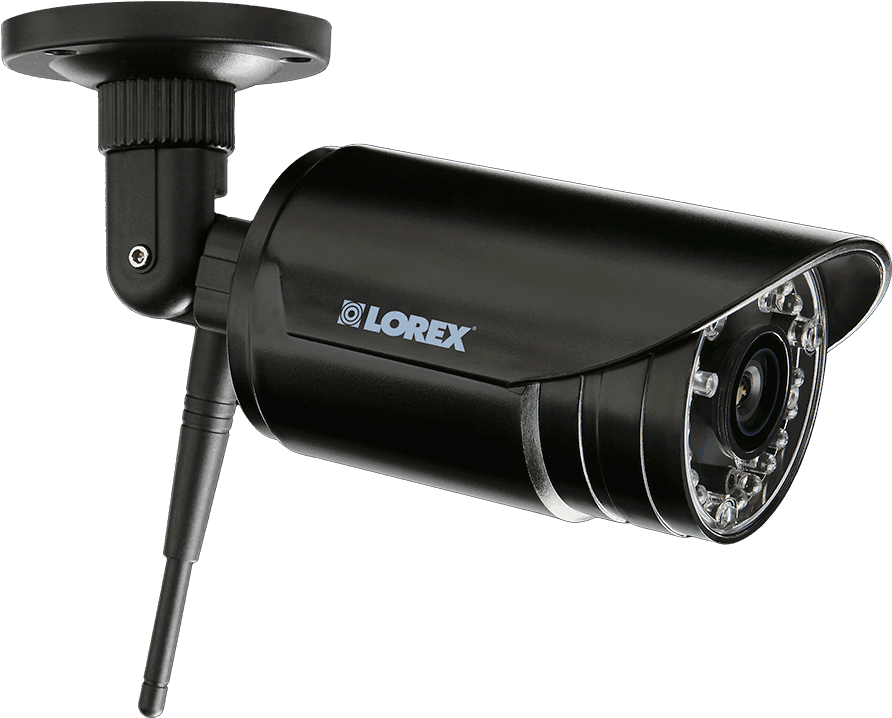
Wireless cameras, which use Wi-Fi to transmit video, are a convenient option for those looking to avoid the hassle of extensive wiring. These cameras offer flexibility in placement and are relatively easy to install, making them a popular choice for both businesses and homes.
Key Features of Wireless Cameras:
- Ease of Installation: The absence of cables makes wireless cameras simple to install, even in locations where running wires would be challenging or impossible.
- Flexible Placement: Because they don’t require a direct connection to a recording device, wireless cameras can be placed virtually anywhere within range of the Wi-Fi signal.
Uses of Wireless Cameras
- Older Buildings: Wireless cameras are ideal for older buildings where running new cables could be difficult or disruptive.
- Temporary Installations: Their flexibility makes wireless cameras a good choice for temporary surveillance needs, such as at construction sites or during special events.
How to Select the Right Security Camera for Your Organization
Choosing the right security camera to suit your surveillance needs is extremely important for ensuring that your security systems are both effective and efficient. Here’s a step-by-step guide to help you make the best choice:
a) Assess Your Surveillance Needs
- Identify High-Risk Areas: Start by determining the areas of your property that are most vulnerable to security threats. This might include entrances, exits, parking lots, or areas with valuable assets.
- Determine Coverage Area: Consider how large the area you need to monitor is. Larger areas may require cameras with wide-angle lenses or PTZ capabilities, while smaller spaces might be adequately covered by fixed cameras.
b) Consider the Environment
- Indoor vs. Outdoor: Decide whether the cameras will be used indoors or outdoors. Outdoor cameras need to be weatherproof and capable of withstanding harsh environmental conditions, while indoor cameras may prioritize aesthetics and discrete design.
- Lighting Conditions: Evaluate the lighting conditions in the areas you plan to monitor. If the area experiences fluctuating light or low light at night, Day/Night cameras or those with infrared capabilities would be ideal.
c) Evaluate Key Features
- Resolution Requirements: Higher resolution cameras provide clearer images, which can be critical for identifying faces or reading license plates. However, they also require more storage and bandwidth.
- Audio Capabilities: If you need to monitor sound as well as video, look for cameras with built-in microphones or the ability to connect to an external audio source.
d) Budget Considerations
- Cost vs. Quality: While it might be tempting to opt for cheaper models, investing in higher-quality cameras can save money in the long run by reducing the need for maintenance and ensuring that the footage captured is useful.
- Installation Costs: Factor in the cost of installation, especially if you’re opting for wired cameras that require extensive cabling.
e) Integration with Existing Systems
- Compatibility: Ensure that the cameras you choose are compatible with your existing surveillance and security systems. If you’re upgrading, IP cameras might offer better integration with modern systems.
- Scalability: Consider future needs. Choose a system that can easily be expanded as your organization grows or your security needs change.
Conclusion
Selecting the right security camera for your commercial security systems is a vital step in protecting your business. By understanding the different types of security cameras, their key features, and their specific uses, you can make an informed decision that meets your organization’s unique security needs. Whether you need the versatile coverage of a PTZ camera, the discreet monitoring of a dome camera, or the cutting-edge technology of an IP camera, there’s a solution tailored to your environment and requirements.
Investing in the right video surveillance system deters crime and provides peace of mind for business owners. Remember, the most effective security system involves careful planning and selecting components that address specific site challenges and vulnerabilities.
Discover more from Total Security Digest
Subscribe to get the latest posts sent to your email.